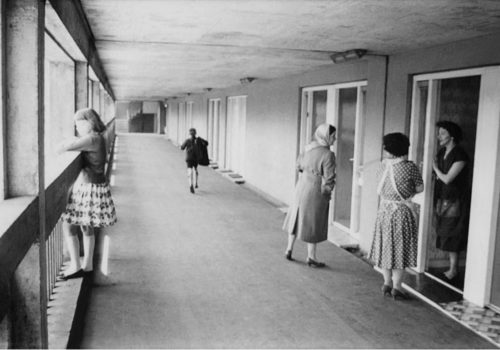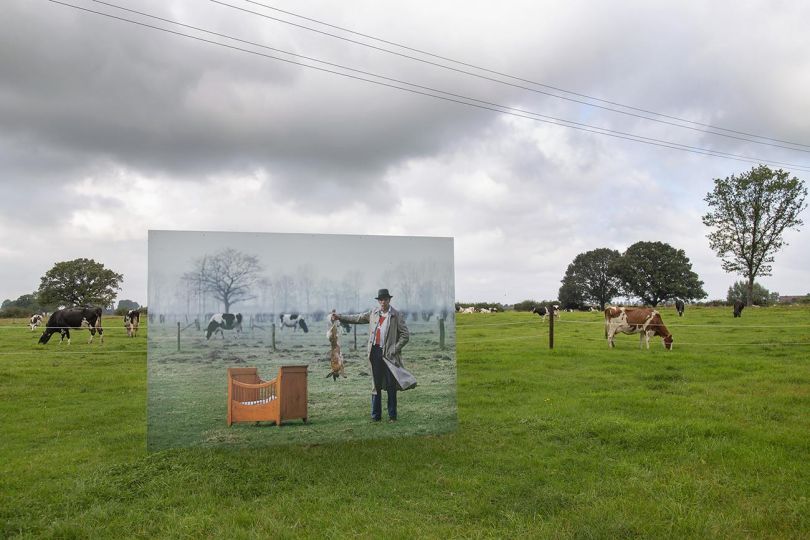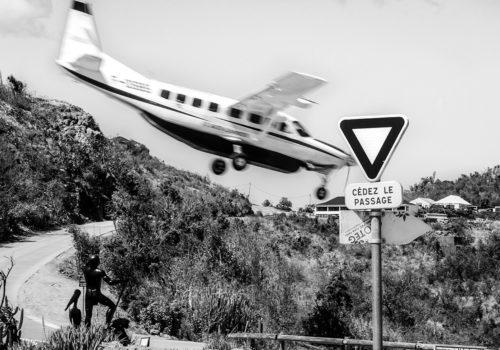This small exhibition at the Photographer’s Gallery, in London, shows some of Roger Mayne’s most famous work including his street pictures from Southam Street. The Britain which Mayne depicts is a country in transition in many ways from the grime of post-war austerity, to the first mass immigration, and the emergence of a “youth culture,” so familiar today but very new then.
His street pictures don’t have the geometric compositions of Cartier-Bresson but capture the atmosphere of the time very well. In particular, Mayne took pictures of children in the street in London and elsewhere in the 1950s and 1960s, something which would surely have got him into trouble if he was doing it now, even though the pictures are perfectly innocent. What is amazing about these pictures is just how unselfconscious the children are, he captures their games and interactions as if he is not there. Apparently this involved a lot of waiting around, to the point where he almost became almost invisible to the participants. This is even more surprising as Mayne was using a folding Ikonta roll film camera, not an obvious choice for street work, but proof of what can be achieved if you are dedicated enough to your art.
What becomes very clear in this exhibition is that Mayne made conscious choices in his street photography to avoid a “graphic” style. He very much wanted to capture things as he they happened, this was an artistic choice as there is evidence in the exhibition that he could do the “graphic look” if he wanted, he just chose not to. Instead this gives his pictures a very gritty quality, which led to them being used on the covers of numerous Penguin social science paperbacks in the 1970s. The children of course rapidly morph into young adults so it’s unsurprising that Mayne also photographed the emerging youth culture. In particular, the pictures of a teenage dance taken in the Park Hill district of Sheffield in the early 1960s look remarkably innocent by modern standards. However this same youth culture was the cause of considerable apprehension and uncertainty in the population at large, something brilliantly encapsulated in one of Mayne’s most famous and powerful pictures, Teddy Boy and Girl, Petticoat Lane 1956, with all its atmosphere of brooding menace. There are quite a few pictures of the Park Hill area of Sheffield, which was dominated by the brutalist Park Hill flats, set on a hill above the city, a symbol of post-war optimism in social housing which turned into social disaster in the space of twenty or thirty years. A portent of what was to come can be seen in one of his pictures, where there is already broken glass in the door to a lobby in the flats. They are currently being refurbished as private dwellings, how times change! Strangely enough Mayne’s pictures of the emerging “youth culture” look much older than his pictures of city gents in London taken around the same time.
The exhibition also features a fine selection of pictures of the Raleigh bicycle works in Nottingham, taken at roughly the same time as Alan Sillitoe was writing about working class life there in the early 1960s. Here Mayne demonstrates the graphic style that he eschews in his street photography, especially in two superbly realized pictures of workers surrounded by cycle wheels and wheel rims which make wonderful use of the available light. There is little doubt about Roger Mayne’s artistic intent as a photographer, there are a number of letters on display where he has written to the Arts Council of Great Britain and the art critic Kenneth Clarke asking for more recognition of photography as an art and the characteristically evasive replies they produced! These were written in the early 1950s when photography in Britain was mostly regarded as a purely instrumental activity rather than an art so he was a pioneer indeed at that time. The exhibition finishes with a selection of his colour work on the theme of “Britain at Leisure” projected on to five screens by five manically active Kodak Carousel projectors with appropriate 60s style mood music. What it does demonstrate is that Mayne’s colour photography deserves a wider audience, perhaps someone, somewhere, will take this up. The Photographers’ Gallery is to be commended for showing this exhibition which is on until the 11th June.
Nick Davis
Nick Davis is an author, photographer and teacher living in Swindon, United Kingdom.
Roger Mayne
March 3 to June 11, 2017
The Photographer’s Gallery
16-18 Ramillies St, Soho
London W1F 7LW
United Kingdom
http://thephotographersgallery.org.uk/
















